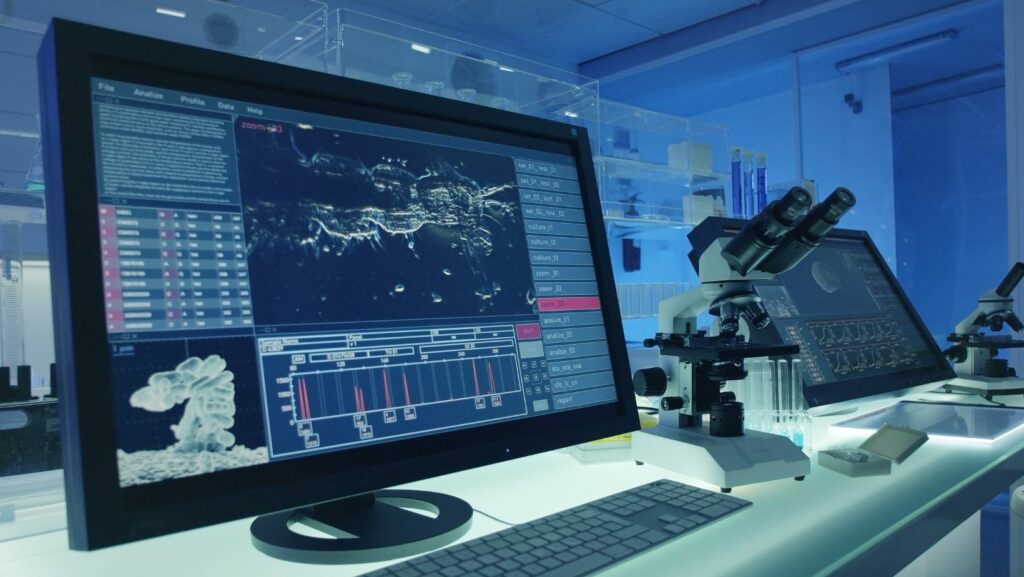Essential Guide to Industrial Scientific Calibration Gas SDS for Safety and Accuracy
” Key Takeaways Precision in Industrial Applications: Calibration gases are vital for ensuring accurate readings in instruments used across scientific and industrial fields, making regular calibration essential for operational success. Understanding Safety Data Sheets (SDS): Familiarity with SDS is crucial for safe handling and compliance with safety standards, providing critical information on hazards, properties, and […]
Essential Guide to Industrial Scientific Calibration Gas SDS for Safety and Accuracy Read More »










